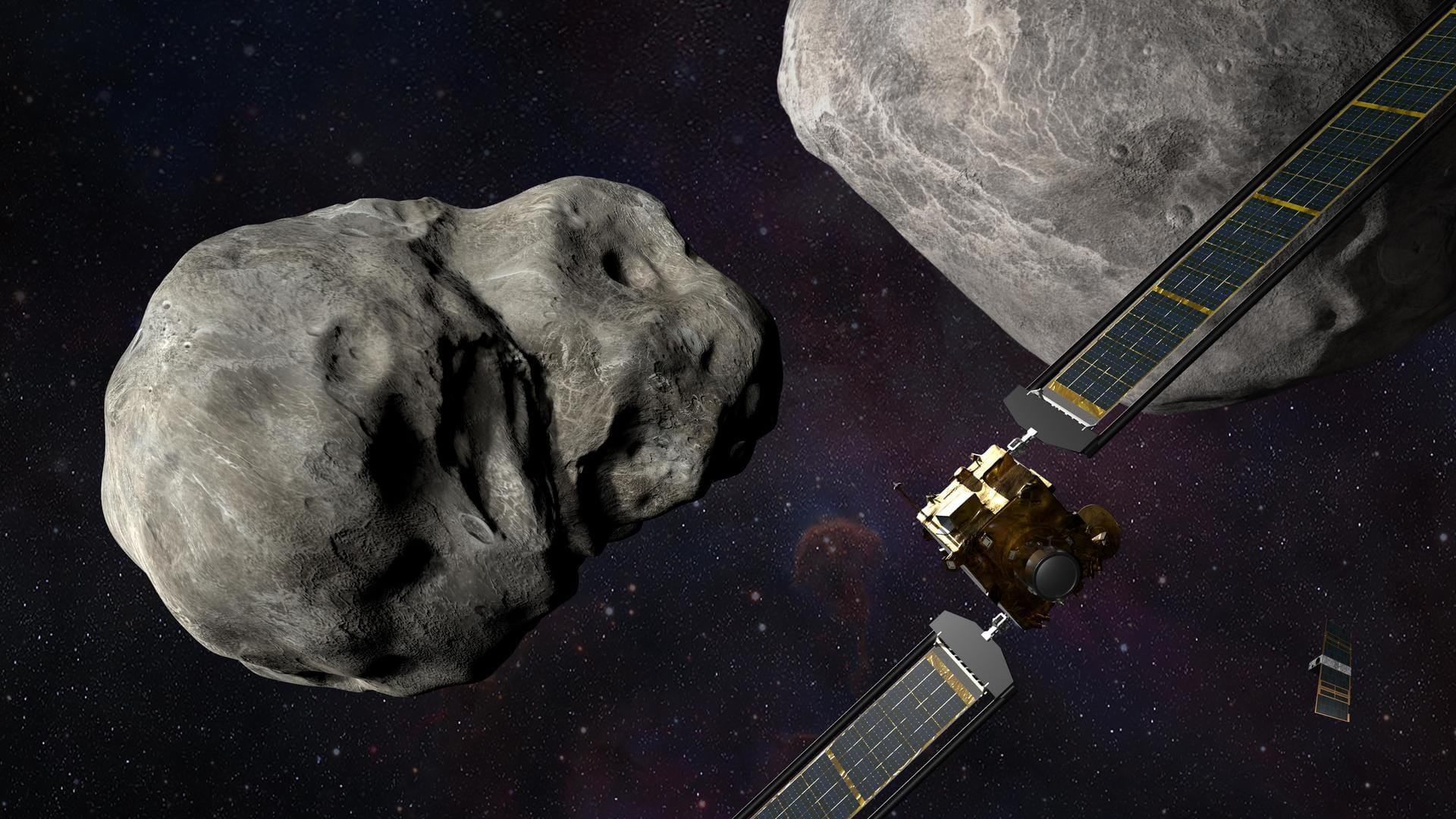
NASA DART mission's new results confirm we can deflect asteroids
What's the story
Deflecting asteroids in the future should not be a task, thanks to NASA's Double Asteroid Redirection Test (DART) mission. In September last year, NASA rammed a 600kg DART spacecraft into an asteroid named Dimorphos, which is about the size of the Roman Colosseum. Early results revealed that the spacecraft successfully altered the asteroid's orbit, and now we have more promising results from scientific studies.
Context
Why does this story matter?
Fortunately, there is no known asteroid that poses a threat to Earth for at least the next century. While we have tracked most of the large asteroids which could potentially impact our home planet, smaller asteroids often remain hidden. Asteroid 2023 BU, which crossed us in January, was discovered only a few days before its encounter, highlighting the need for robust planetary-defense strategies.
DART mission
The DART mission used a technique called "kinetic impactor"
The DART mission used an asteroid-deflection technique known as a "kinetic impactor," which in simple words means colliding one thing into another. In this case, smashing the spacecraft into the asteroid Dimorphos. The team confirmed that the orbit period of Dimorphos was reduced by approximately 33 minutes. NASA initially had a target of 73 seconds or more.
Result
DART is the world's first planetary defense test mission
Notably, DART is the world's first planetary defense test mission. In light of recent developments, it has been shown that kinetic impactor missions like DART can be "effective in altering the trajectory of an asteroid." This is considered a major step in deflecting asteroid strikes in the future. Four papers, published in the journal Nature, have taken a deeper look at the obtained data.
Studies
'Kinetic impactor technology is a viable technique to defend Earth'
One paper provides significant details of DART's demonstration of kinetic impactor technology. The study includes reconstructing the impact of the mission, the timeline of events leading up to the impact, specifying the location and nature of the impact site, and recording the size and shape of Dimorphos. The bottom line: "Kinetic impactor technology is a viable technique to potentially defend Earth if necessary."
Second study
"DART has successfully done both"
To depict that kinetic impactor technology is a suitable strategy for planetary defense, DART would have had to do two things: one is to demonstrate that an asteroid could be targeted during a high-speed encounter and the other is to show that the target's orbit could be altered. "DART has successfully done both," according to Cristina Thomas, from Northern Arizona University.
Information
The ejecta had a significant effect on the asteroid's momentum
As per the study headed by Thomas, during the collision between DART and its target, the material that broke off from the asteroid—termed ejecta—was found to have contributed to a significant momentum change to the asteroid.
Study
The impact instantly slowed Dimorphos' speed
Another study focussed on the momentum change transferred to the asteroid from the kinetic impact of DART, by studying the change in the orbital period of Dimorphos. The team found that the impact instantly slowed Dimorphos' speed along its orbit by approximately 2.7 millimeters per second. The momentum change was amplified by a factor of 2.2 to 4.9, depending on the mass of Dimorphos.